Xenoblade Chronicles is the first title in the Xenoblade series; developed by Monolith Soft and released in Japan on June 10th, 2010. The game has recently been offered as an international remake for the 3DS – following the announcement of Shulk in Super Smash Bros. Wii U/3DS – and has received a great amount of praise by fans of JRPGs and Western RPGs alike.
The game has been out for a while now on both platforms, and with Xenoblade Chronicles X just around the corner I can think of no better time to check out the game’s spiritual predecessor. So let’s fire up our Monado and take a look at Xenoblade Chronicles 3D on the 3DS!
The Plot
Our story begins with the narrator reciting a myth about two gigantic titans – the Bionis and the Mechonis – who dueled against one another for ages until finally the two titans were slain simultaneously. After their mutual demise, the Bionis soon became filled with life as various creatures and races took form on its surface. All was peaceful for the peoples of the Bionis, but a war soon started between the forces of the Bionis and the nightmarish Mechons.
The game then shifts to the first tutorial, following a hero known as Dunban as he fights against the Mechon at the Battle of Sword Valley. This human (or Homs) hero was the wielder of a legendary sword known as the Monado, the only weapon able to completely destroy Mechons. After his ally – Mumkhar – flees the battle, Dunban still manages to win the war but he suffers a personal cost. Just as the Homs are about to defeat the Mechon, the Monado turns on Dunban, electrocuting his right arm to the point of permanent disability.

The game then skips forward to a year after the what would become known as the Battle of Sword Valley. There we find Shulk is rummaging through the debris of Mechon parts that have fallen from the higher parts of the Bionis. Shulk – a citizen of Colony 9 – has been studying the Monado and its powers ever since Dunban’s return from the war. However, the only feature that Shulk has been able to learn up to this point is that the sword is incapable of harming Homs.
[EARLY GAME SPOILERS]
Shortly after an accident involving the Monado and his friend Reyn, Colony 9 is attacked by a swarm of Mechons. Shulk, Reyn, and their mutual friend – Fiora – rush out to defend the colony. However, the battle takes a turn for the worse as Dunban becomes unable to wield the Monado and a “faced” Mechon appears. With the Monado incapable of defeating the faced Mechon, Colony 9 is nearly destroyed – but not before Fiora is killed in action.
[END OF SPOILERS]
The rest of the story becomes more complicated as it progresses. While I will avoid revealing any further spoilers, I will say that Monolith Soft has done a great job of creating a story that draws players into a strange new world. While many of the plot points seem to be self-contained or irrelevant to the greater overarching story, they do wind up becoming important again later on as the story progresses.
With such beautiful scenery, it’s difficult not to fall in love with Xenoblade Chronicle’s lore. (screenshot taken from Wii version of the game)
I have to say that I was personally impressed by the direction the story took half way through. While I expected a story similar to that of Namco’s Tales of Symphonia, the story of Xenoblade Chronicles took a somewhat different approach that kept me wondering what would happen next. There is a great deal of philosophical, socio-political, and religious commentary that – while not particularly out of the ordinary – explored many arguments instead of a single truth. For that, I commend Monolith Soft as this is the first truly captivating story in a video game that I have had the pleasure of playing in some time.
Gameplay
The Beautiful:
Xenoblade Chronicles features a unique system of battle that I have not seen in any JRPG to date. While the battle system does share some traits akin to Final Fantasy XII and Western MMORPGs such as World of Warcraft, Xenoblade Chronicles has one feature that separates it from the crowd. This feature is the infamous “Vision” system.
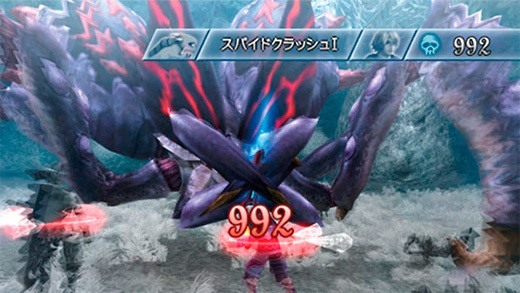
Whenever Shulk receives a vision (above) the player is able to warn party members of an incoming attack that serves as a threat to the group’s survival. This starts a countdown timer that displays the attack the enemy is planning on using, how much damage it will do, and what type of attack it is. The player can then take advantage of these visions to protect allies from lethal attacks by using Monado Arts to shield or dodge the enemy Arts, or by having another party member shield or distract enemies from the character at risk.
The real-time Arts system is also fairly interesting in that it allows players to strategically move their character around the battlefield at any time. This can be useful for avoiding area-of-effect Arts that an enemy uses, or to increase the damage or debuff abilities of Arts the player character uses. The Unison Attack system is also fairly familiar to any players of JRPGs of similar nature, providing players with a fun beatdown of any enemy caught in the crossfire.
The Good:
I must once again applaud Monolith Soft for their story. While I normally do not mention the plot in the gameplay sections of my reviews, I must do so here because of the fact that the story has such a profound effect on the gameplay experience. It makes you prioritize various characters in your party over others, and this in turn changes your experience of the world as each character has a very different take on the various going-ons in the game.
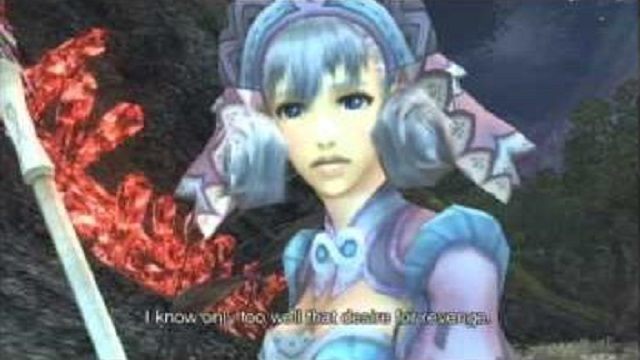
Every character in Shulk’s group has both likable traits, and terrible flaws. The writing is well done as each character feels less like a tired archetype, and more like a real person than in many story-driven RPGs.
While the battle system can become somewhat repetitive over time, the story of Xenoblade Chronicles is so well composed that you hardly feel as though you are grinding through the game. The game’s difficulty has a natural curve that rewards players who go out of the way to complete side quests, while not punishing players too hard for trying to do a quick run through the game’s story. With that said, the game can be somewhat punishing during the last few hours if one does not complete any sidequests at all, making this a good balance between a grinding RPG and a story-based one.
In all, a run through the game while completing a casual amount of side quests will yield approximately 80 hours of gameplay – a good bargin for the 3DS title’s $50 (CDN) price tag.
The Bad:
Xenoblade Chronicles does have one flaw that – while not game breaking – does cause an issue at several points in the game. This issue is the AI for teammates.
While the AI is not the worst I have ever seen – and they usually do what they are supposed to – they do not seem well adapted to the gameplay style they exist within. My reason for saying this is that on several occasions I have lost battles against bosses or special enemies after one or two of my party members decided to take a bath in an acid lake.

Boss battles – such as the Telethia seen here – can become a chore as you constantly order your allies to stay clear of the acid pools on either side…
The reason for this issue is that battles take place in the overworld. As such, any environmental effects will cause damage to characters regardless of whether they are in battle or not. Since the AI does not seem to be programmed to avoid acid pools, they can wind up taking great amounts of damage for no reason at all.
Another issue with the AI is that they have not been optimized to take full advantage of directional attacks. Abilities such as Shulk’s Back Slash can do massive amounts of damage when they hit an enemy from a certain angle. However, the AI is completely inept at doing so. As such, players should be careful not to include any directional attacks to an AI character’s roster unless they intend on positioning themselves in such a way that the AI will be able to land them.
The Presentation
Since Xenoblade Chronicles 3D is a Wii port to the 3DS, the game has suffered in terms of presentation. Audio and video changes have been made to compensate for the weaker hardware, and while the game does not look particularly bad, it does have visible differences.
While the differences aren’t extreme, there are noticeable changes in texture quality, shadows, and lighting. Model quality also takes a slight hit as some 3D model details have been changed into 2D ones to compensate for the 3DS’s inability to render as many faces as the Wii hardware can without extreme drops in frames per second.
Another hit that the 3DS version takes is to the aliasing and particle effects. While most particle effects have been saved, the Monado is nowhere near as animated as it is in the Wii version. Meanwhile, the little anti-aliasing found in the Wii title is nowhere to be found in the 3DS version. As such, when zoomed out the characters might as well look the same since it is difficult to tell anyone (save for the protagonists) apart. This goes doubly true for many enemy types that had minor differences in appearance.
Surprisingly, the aliasing issues are worse on the smaller New 3DS system as the XL’s larger screen helps to differentiate stray pixels from characters, enemies, and so forth.
That said, the 3DS does have its upsides. The main one is the fully functional status screen on the 3DS’s bottom screen. This allows for more visibility on the upper screen, and allows for a hud that feels much less crowded than on the Wii.
The soundtrack in Xenoblade Chronicles is as unique as its story and gameplay. Blending together orchestral sounds with electric guitars and bass, the music feels like something straight out of your favorite Shonen anime. The music flows really well into the next track whenever you are entering or exiting battle and has been carefully composed to ensure that the battles go at a similar tempo as the music.
Here is the soundtrack for anyone who has not yet listened to the beauty of this game’s music:
The Verdict
Although Xenoblade Chronicles is not without its flaws, the game is a solid new IP for Nintendo. Like many JRPG titles out there, the game reinvents how the RPG formula can work while making it familiar enough that any player can pick up the game and play.
The story of Xenoblade Chronicles is one that must be experienced, not watched via YouTube. While you can certainly get your fill of the story that way, the experience of playing with the characters and seeing all their interactions with one another during gameplay is something that cannot be captured in a series of clips.
For its memorable story, meme-worthy characters, and beautifully executed world and gameplay, I give Xenoblade Chronicles 3D a 10/10. This game is a must play for any JRPG enthusiast, and any North American players looking for a deep meaningful story.

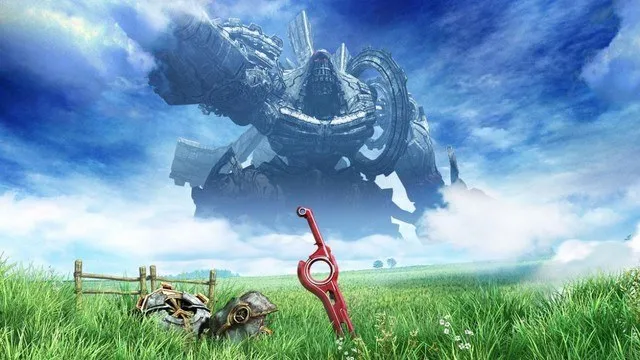
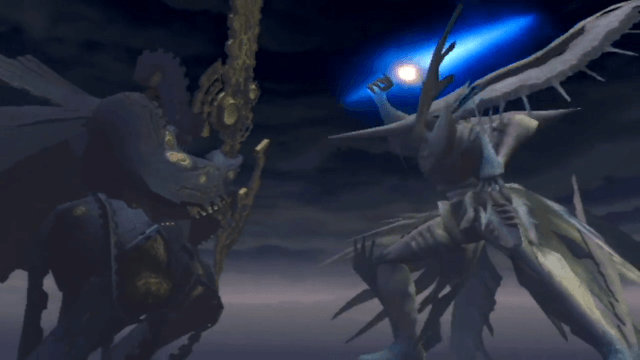
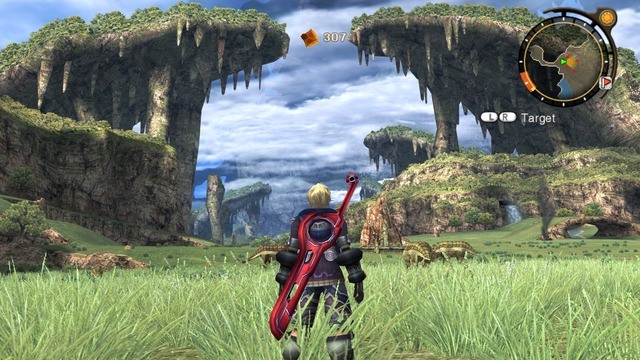
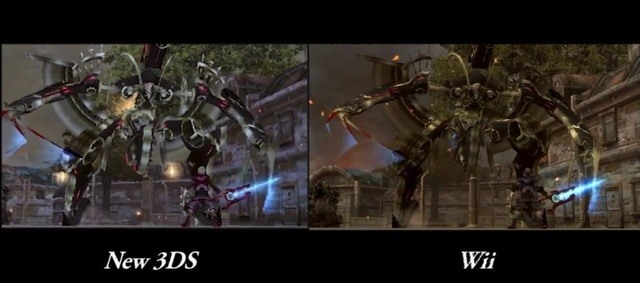
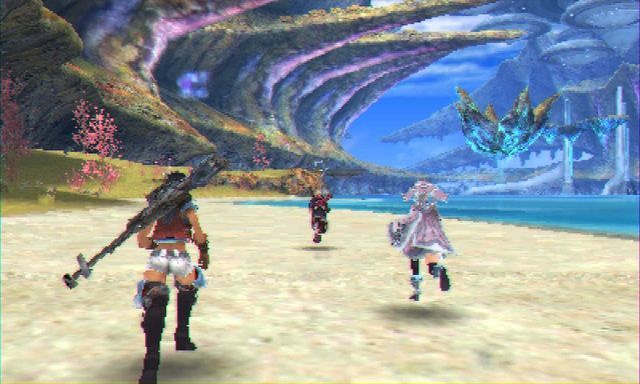





Published: Oct 23, 2015 01:24 pm